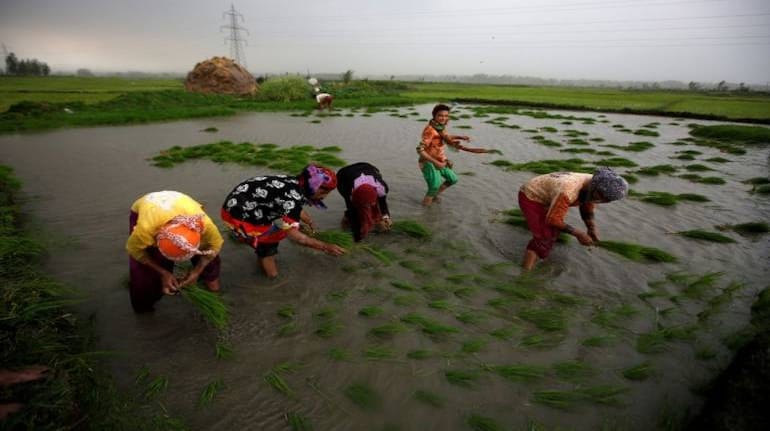



Rising household debt as a result of higher health costs, decline in touch-based non-agricultural work and much lower wage growth across the board is expected to puncture rural consumption demand in FY22 as highly mutant strains of the Covid-19 virus infiltrate India's large rural hinterland, India Ratings and Research (Ind-Ra) has said.
This is expected to reduce demand for FMCG products, automobiles especially tractors and two-wheelers. However, demand for agricultural credit and agricultural inputs such as fertiliser and pesticides could remain strong in view of third consecutive year of near normal monsoon, the ratings agency pointed out.
Even if agricultural output and resultant income remains intact, rural households are expected to cut down on their expenditure of non-essential products and services in FY22, it said.
Health costs may raise household debt
As the viral illness limits one’s ability to work, household savings are set to be depleted and unanticipated economic shocks. According to an estimate over 60 percent of the rural households with hospitalised cases borrow, sell their assets (including gold) or rely on contributions from friends and relatives to pay for inpatient care.
Another key factor set to adversely impact the rural demand in the current financial year is the decline in non-agricultural activities, as most of these activities require high human contact, be it work of carpenter, blacksmith, auto/tractor/cycle repair, construction, transport, storage etc, Ind-Ra said.
"The slowdown in non-agricultural activities and in turn on non-agricultural income will have a serious impact on rural demand, since non-agricultural income constitute nearly two-third of the rural income," it stressed.
Thus, even the employment offered under the Mahatma Gandhi National Rural Employment Guarantee Scheme in rural areas may be less effective, if family breadwinners fall to COVID-19 infection.
A dip in rural wage growth both for agricultural and non-agricultural activities is also expected to exacerbate the problem. "Average agricultural wage growth during November 2020-March 2021 declined to 2.9 percent from 8.5 percent during April-August 2020 and 6 percent during November 2019-March 2020 period before that," Ind-Ra said.
Similarly, wage growth for non-agricultural activities during November 2020-March 2021 declined to 5.2 percent from 9.1 percent during April-August 2020 and 4.3 percent in the November 2019-March 2020period before that.
The largest chunk of rural population consists of daily wage earners and not farmers.
Rural areas more affected by COVID
Ind-Ra believes the answer to the current economic woes lies in speedily strengthening the ongoing vaccination drive.
"Ind-Ra believes its impact on the economy will be felt more through the loss of demand impulse than supply-side disruptions," it said. Also, the loss of demand-side impulse is expected to be more pronounced in rural areas than in urban areas, notwithstanding India Meteorological Department’s forecast of a near normal monsoon in 2021, it added.
Discover the latest Business News, Sensex, and Nifty updates. Obtain Personal Finance insights, tax queries, and expert opinions on Moneycontrol or download the Moneycontrol App to stay updated!
Find the best of Al News in one place, specially curated for you every weekend.
Stay on top of the latest tech trends and biggest startup news.